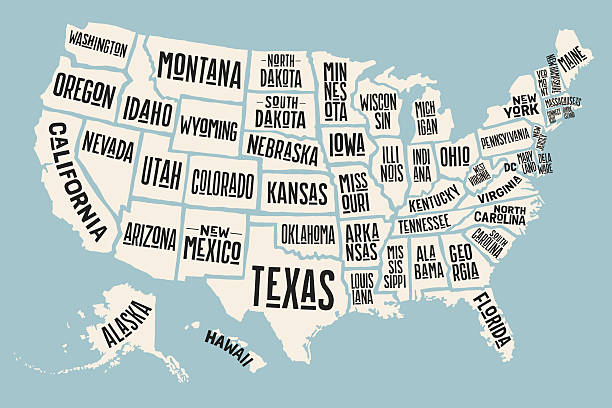By Alex Avaneszadeh | 5 Minute Read
In June 2025, Congress passed what has been dubbed the “Big Beautiful Bill,” a sweeping federal rollback of pandemic-era Medicaid expansions and ACA subsidies. The legislation, heavily promoted by the administration as a return to fiscal discipline, has since sparked nationwide concern: over 20 million Americans are now projected to lose Medicaid coverage by the end of the year.
But while most headlines have focused on the immediate impact on vulnerable families, there’s another looming consequence many employers are just beginning to confront—massive liability under the Affordable Care Act (ACA) if they fail to offer compliant health coverage to newly uninsured workers returning to their payrolls.
The ACA Employer Mandate: A Refresher
The ACA’s Employer Shared Responsibility provisions (Internal Revenue Code § 4980H) impose steep penalties on “Applicable Large Employers” (ALEs)—defined as businesses with 50 or more full-time employees—if they fail to offer affordable, minimum essential health coverage to at least 95% of their workforce.
These penalties come in two forms:
- § 4980H(a): A $2,900-per-employee annual penalty (excluding the first 30 FTEs) if no coverage is offered at all.
- § 4980H(b): A $4,350-per-employee annual penalty if the coverage offered is unaffordable or fails to meet minimum value.
These penalties are triggered when even one employee receives a premium tax credit on the ACA marketplace—an increasingly likely scenario given that millions of former Medicaid recipients are now turning to their employers for insurance options.
What Changes With the ‘Big Beautiful Bill’?
Previously, many low-income workers were eligible for Medicaid, relieving employers from offering them health insurance without penalty. With Medicaid rolls shrinking under the new law, those same employees now fall back into ACA coverage eligibility territory—and any failure by employers to offer them compliant plans could result in a surge of penalty notices.
More troublingly, employers who assumed that low-income or part-time employees were safely outside the ACA risk zone may now face IRS Letter 226-J: the official notice of Employer Shared Responsibility Payment (ESRP) liability. These letters carry serious weight, as recent bankruptcy case law confirms they can be treated as tax claims entitled to priority status in insolvency proceedings.
In re Creative Hairdressers, for example, the court upheld the ESRP as a tax entitled to priority in bankruptcy. That means even financially distressed employers can’t escape the penalties through discharge—they must be paid ahead of other creditors.
Bankruptcy Is Not a Shield
One of the most misunderstood aspects of ACA compliance is that employer obligations continue even in bankruptcy. Whether in a Chapter 11 reorganization or a Chapter 7 liquidation:
- ACA reporting forms (1094-C, 1095-C) must still be filed on time.
- ACA penalties (ESRPs) may be classified as nondischargeable priority tax claims.
- Trustees and debtors-in-possession are legally responsible for satisfying these liabilities—or risk IRS objections and delays in plan confirmation.
Several recent cases have reinforced this. In In re Imperial Frozen Foods, the IRS’s ESRP claim was thrown out not because the penalty was invalid, but because it failed to follow procedural due process—specifically, the IRS didn’t notify the bankruptcy trustee with a proper Letter 226-J. This shows that while procedural challenges exist, they won’t shield employers from the underlying liability if all steps are properly followed.
Procedural Defense vs. Substantive Risk
Employers facing ACA penalties may still have a fighting chance—especially if IRS procedures were not followed correctly. The Faulk Co. v. Becerra case ruled that the IRS lacked legal authority to issue ESRPs without proper certification from the Department of Health and Human Services (HHS), casting doubt on thousands of past assessments.
However, relying on procedural missteps is a narrow defense. Most employers will not win on technicalities. Instead, they must proactively revisit their ACA compliance strategy, especially in light of the shifting insurance landscape triggered by Medicaid disenrollment.
Final Thoughts
The “Big Beautiful Bill” may have been framed as a cost-cutting triumph—but for employers, it’s a regulatory tripwire. The intersection of ACA mandates and mass Medicaid disenrollment creates new exposure to tax-classified penalties that can survive even bankruptcy.
In this environment, silence is not an option. Employers must treat ACA compliance as a core business risk, not a back-office formality. Because in today’s healthcare economy, even one missed form or uncovered worker can cost thousands—and recovery will be anything but beautiful.
The cost of inaction is too high. Contact us today to learn how a partnership with BENEFITSCAPE can help you audit your ACA compliance, fix gaps, and stay ahead of shifting regulations.


